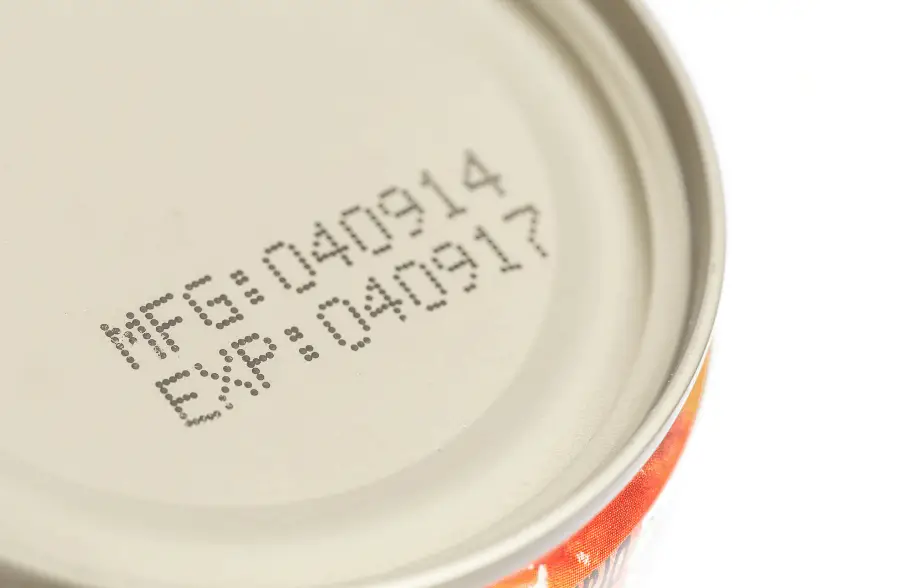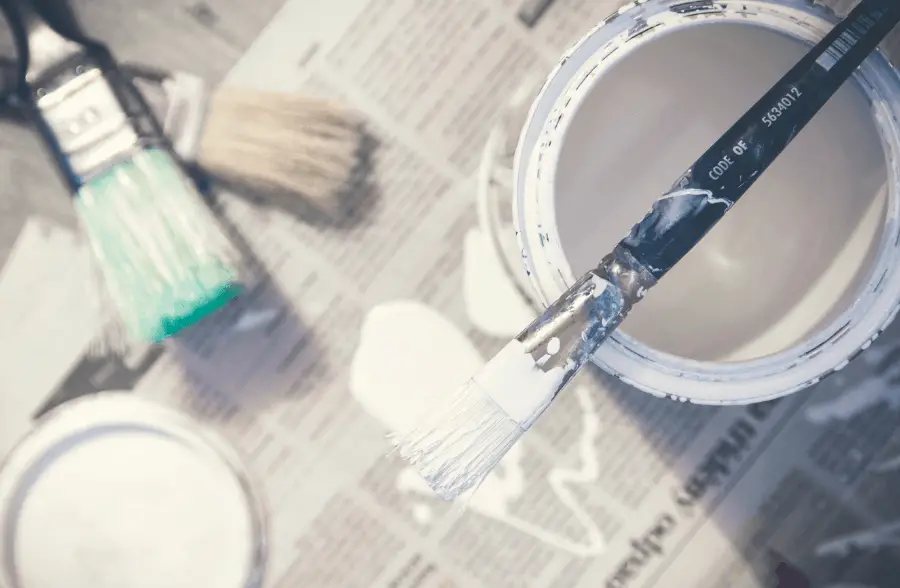Gesso is an easy way to prime a canvas before painting it with acrylics, oils or even gouache paint. It helps reduce the absorbency of the paint to produce a more true and vibrant color. When you bring any new material into your art supplies, you need to make sure it is safe.
So, is gesso toxic? No. In most cases, gesso is acrylic based. This means that it will be water-based and non-toxic. When you are looking for a primer that is safe and non-toxic, gesso is the way to go. It doesn’t have any fumes that can be dangerous to your health.
The smell of gesso can be slightly alarming for those who don’t know anything about it. It has a slight smell of ammonia, due to a very small amount being added as a preservative. There is not enough added to be hazardous, so there is no need to worry. In this article we go over everything you need to know about gesso being toxic, and much more. Let’s read on!
Are Gesso Fumes Toxic?

When you first open gesso, you will likely notice that it has a slight ammonia smell. It can be easy to assume that the fumes from it are toxic. Although there is a slight ammonia scent, there is no reason to believe that gesso releases fumes that are toxic or dangerous to your health.
My favorite and top pick is always Mont Marte Gesso. The quality is amazing, and I usually use Mont Marte for all my gesso projects.

While the fumes are not toxic, you should still make sure you have plenty of ventilation when you use gesso. It is common for acrylic-based products to release some fumes to release in the air during the drying process. While they are not dangerous, they can irritate you.
It is not likely that gesso will contain any toxic chemicals, but if there is any they will be clearly marked on the label. Some of the toxic chemicals might be lead, cobalt, or manganese to name a few. Since gesso is white, the most common chemical that might be found is lead, but it is very uncommon.
In addition to brush on gesso like the one above, you can also purchase gesso in a spray can. This will make the application of gesso easier but will contain more fumes. Since the gesso is being applied as a spray, the fumes will be more dispersed into the air.

When you use a spray gesso, use it as you would a regular spray paint. It is best to use this outside and wear a mask if you can. This will prevent any of the fumes from entering your airways that could potentially be dangerous to your health.
Is Gesso Safe to Eat?

Due to gesso being water-based and non-toxic, you might be wondering if it is safe to eat. This is actually a pretty common question, especially if it is being used around children. Kids are known to put everything in their mouth, and paint is no exception.
Gesso paint is not considered edible or safe to eat at all. This is because all paint products, even gesso, have some type of solvent that makes it poisonous to humans. However, this is only true when consumed in large amounts. Gesso can be ingested in small amounts, but there are side effects to be expected.
It is strongly recommended that you do not eat any paint at all as it can be dangerous. There is a very thin line between edible and toxic, but it is a line that needs to be acknowledged.

Water-based products such as gesso can cause vomiting when ingested in large amounts. If small amounts are swallowed, it will not be harmful at all. The best thing to do is rinse the mouth and drink water. It is strongly advised against to make yourself throw up on purpose.
In most cases, swallowing gesso will just result in an upset stomach or potentially skin irritation. You won’t need to worry about gesso being poisonous to the body, because it isn’t.
You will just need to keep an eye out and watch for any symptoms. When the symptoms pass, you will be fine! However, if you do have vomiting or other side effects, I recommend going to the hospital to get checked out.
Does Gesso Expire?

Unlike other art materials, gesso doesn’t have a set expiration date. As long as you properly care for your product, it’s not likely that it will ever go bad. The most important thing to remember to extend the life of your gesso is to close it as tightly as possible to prevent air from getting in.
When air and oxygen get in the gesso, it can cause it to grow mold or dry out. If you aren’t planning on using your gesso frequently, there are a few things that you can do to make sure it doesn’t expire. Stated above, the most important thing is to make sure you close your gesso tightly.
If you have a can of gesso, hammer the lid into place with a rubber mallet. This will stick the lid to the can as if you haven’t even opened it yet, preventing any air from leaking in around the sides. This will be the easiest way to keep your gesso safe.
If you notice that your gesso is drying out, or you need to move it to another container, I recommend this Plastic Paint Can to store your extra gesso in. It’s great because it’s durable and airtight. It also holds up to one gallon of paint, which is always a plus!

Gesso with a screw top lid, you can add a layer of plastic between the container and the lid. Before doing this, make sure you clean the threads to remove any gesso that could be stuck to it. Place the plastic on top of the container and screw the lid as tightly as you can.
One more thing you can do to keep gesso from expiring is keeping it as clean as possible. You need to pour the gesso in a separate container for use. When you are finished, though it may be tempting, do not put the used gesso back in the container.
When you add used gesso back into the container of clean gesso, you expose it to bacteria. This can promote the growth of mold in the gesso, making it unusable. You will be able to tell by the smell of the gesso if there is bacteria growing in it.
If you open your gesso and find that it has separated, don’t assume that it has expired. This just means that the gesso and acrylic medium have separated. You just need to mix it back together and it will be ready to use again.
Final Thoughts
It’s always important to understand what your art supplies are made of. You will need to know if the product is toxic or not so you know how you can use it. In the case of gesso, it is water-based and considered non-toxic. It is safe for you to use indoors and around children.
You will notice that gesso has a slight ammonia smell, which is why it is commonly thought to be toxic. The good thing is there is hardly any ammonia in the formula at all as it is just used as a preservative. There is no reason to worry about gesso being toxic.
Gesso is also available in a spray can, but that will be more dangerous to use than brush on. When in a spray can, gesso should be treated just like other spray paints. Only use them outside and wear a mask if possible. This will prevent any of the fumes from getting into your body.
Make sure to follow all my tips and recommended products to ensure your gesso doesn’t go bad. Also, don’t forget to check out my other articles for all your painting Q&A’s. Happy painting!


